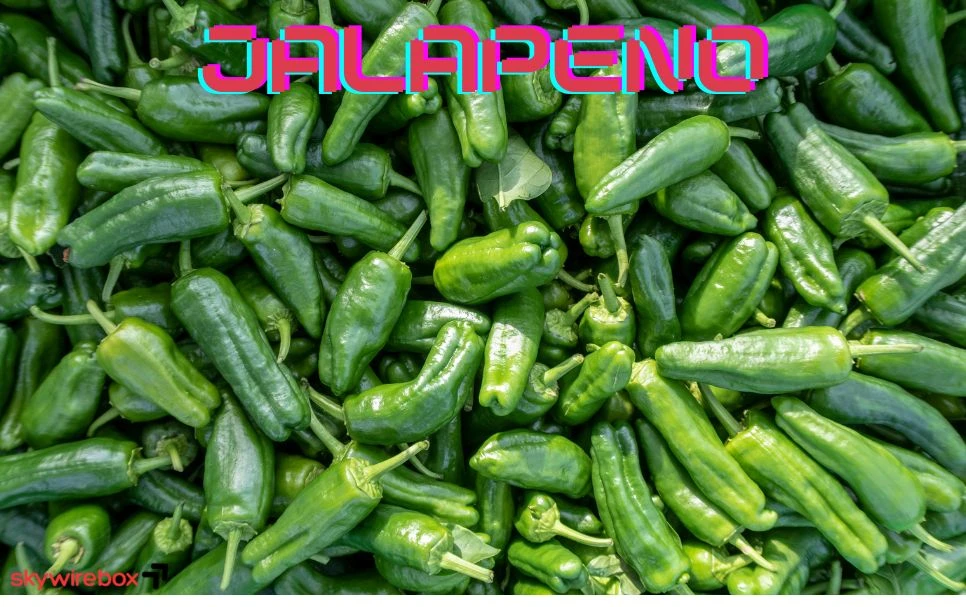Have you ever wondered why horseradish is called, well, horseradish? The name might sound confusing at first after all, it has nothing to do with horses.
But once you dig a little deeper, you’ll discover a fascinating story behind this spicy root that’s been adding bold flavor to dishes for centuries. If you’re curious about what makes horseradish so special, how it got its name, and why it deserves a spot in your kitchen, keep reading.
This article will unravel the mystery of horseradish, giving you fresh insights and tasty ideas you won’t want to miss.
Horseradish Origins
Horseradish belongs to the Brassicaceae family, like mustard and cabbage. It is a perennial plant grown mainly for its large, spicy root. This root is used as a spice and condiment worldwide.
The plant likely comes from Southeastern Europe and Western Asia. It has been cultivated for centuries in these regions. Over time, it spread to other parts of the world.
| Aspect | Details |
|---|---|
| Botanical Name | Armoracia rusticana |
| Family | Brassicaceae |
| Origin | Southeastern Europe, Western Asia |
| Name Evolution | The word “horse” means large or strong. “Radish” comes from Latin radix, meaning root. |
Name Meaning
The word “horse” in horseradish means large, strong, or coarse. It does not relate to the animal. This term shows how powerful and spicy the plant is.
The “radish” part is true. Horseradish is a root vegetable, just like radishes. The name comes from the Latin word “radix”, meaning root.
German influence shaped the name too. The German word meerrettich means “sea radish.” Sometimes, people confused meerwith marin English. This helped form the English name horseradish.
Historical Use
Horseradish was used long ago in cooking. People added its spicy rootto meals for strong flavor. It made food taste sharp and fresh. Early cooks liked its heat and aroma.
It also served as a medicine. People believed horseradish could help with colds and digestion. Its strong smell was thought to clear the nose and lungs. Many used it as a natural remedy.
In many cultures, horseradish held a special place. It was part of traditional ceremoniesand holiday meals. Some countries used it to symbolize strength or protection. The root was more than just food; it had meaning.
Growing Horseradish
Plant horseradish roots in early spring or fall. Choose a sunny spot with well-drained soil. Loosen soil deeply to help roots grow straight and long. Space plants about 18 inches apart for best growth.
Horseradish prefers cool climates but can grow in many areas. Soil should be rich in organic matter and slightly acidic to neutral. Keep soil moist but not soggy. Mulching helps keep roots cool and soil moist.
Harvest roots in late fall, after the first frost. Frost improves flavor by making roots sweeter and less bitter. Dig carefully to avoid breaking roots. Use the largest roots for planting next season and smaller ones for cooking.
Preparing Horseradish
Start by washing the horseradish root under cold water. Use a brush to remove dirt and debris. Peel off the outer skin with a vegetable peeler or knife. Cut the root into small pieces for easier grinding.
Grind or grate the root quickly to release its strong flavor. Mix the grated root with a little vinegar to preserve its heat and freshness. Add salt for taste. Prepare it in small batches to keep it potent.
Store prepared horseradish in a clean, airtight container. Keep it in the refrigerator to maintain flavor and sharpness. Use it within a few weeks for best taste. Avoid exposure to heat or light to prevent loss of pungency.
Flavor Profiles
Horseradish delivers a sharp, pungent heat that clears the sinuses quickly. Its spice hits the nose more than the tongue. The heat fades fast, leaving a warm, slightly sweet aftertaste.
Compared to mustard, horseradish is brighter and more piercing. Mustard has a smoother, earthier heat. Wasabi shares horseradish’s sharpness but is milder and more herbal. Wasabi’s flavor lasts a bit longer on the palate.
Horseradish pairs well with roast beef, adding zest without overpowering. It also brightens smoked fish and creamy sauces. A dollop on mashed potatoes or sandwiches gives a fresh, spicy kick. Try it with strong cheeses or in Bloody Mary cocktails for bold flavor.
Culinary Uses
Classic recipes use grated horseradish to add sharp, spicy flavor. It pairs well with roast beef, smoked fish, and creamy sauces. Traditional horseradish sauce mixes horseradish with vinegar and cream for a tangy kick.
Modern twists include adding horseradish to salad dressings, dips, and even mashed potatoes. Chefs blend it into mayonnaise or use it to spice up vegetable stir-fries. It gives dishes a fresh, hot taste without overwhelming other flavors.
Beverage applications involve infusing horseradish into cocktails like Bloody Marys for extra heat. It also works in spicy lemonades and herbal teas, providing a warm, spicy note that awakens the senses.
Buying Horseradish
Fresh horseradish has a sharp, strong flavor and a crunchy texture. It should be firm and white with no soft spots. Fresh roots last longer but need grating before use. Prepared horseradish is ready to use and often milder. It comes in jars with vinegar to keep it fresh. Choose based on how much time you want to spend preparing it.
Popular brands include Melissa’s World Variety, Silver Spring, and Woeber Mustard. Melissa’s offers shredded and cream-style options. Silver Spring is known for coarse cut prepared horseradish. Woeber is a budget-friendly choice.
| Brand | Type | Price Range |
|---|---|---|
| Melissa’s World Variety | Shredded, Cream Style | $14.99 – $19.79 |
| Silver Spring | Prepared Coarse Cut | $2.84 |
| Woeber Mustard | Prepared | $1.50 |
Health Benefits
Horseradish is rich in vitamins C, B6, and folate. It also contains minerals like calcium, potassium, and magnesium. This root is low in calories but high in fiber, which helps digestion.
The plant has natural compounds called glucosinolates. These can help fight bacteria and reduce inflammation. Some studies suggest horseradish may support lung and heart health. Its spicy flavor comes from allyl isothiocyanate, which may help clear sinuses.
Eating too much horseradish can irritate your stomach and skin. People with thyroid problems should be cautious. Avoid horseradish if pregnant or breastfeeding without doctor advice. Always use in small amounts to stay safe.
Frequently Asked Questions
Why Do They Call Horseradish Horseradish?
They call horseradish “horse” because it means large or strong, highlighting its pungent flavor. “Radish” refers to its root vegetable nature. The name evolved from German “meerrettich,” meaning sea radish, later adapted by English speakers to emphasize its size and sharpness.

What Is Real Horseradish Made Of?
Real horseradish is made from the grated root of the Armoracia rusticana plant. It has a pungent, spicy flavor used as a condiment.
Why Do Jews Eat Horseradish?
Jews eat horseradish during Passover to symbolize the bitterness of slavery in Egypt. It reminds them of hardship and freedom.
Who Should Not Eat Horseradish?
People with stomach ulcers, acid reflux, thyroid problems, or allergies to mustard family should avoid horseradish. Pregnant women should consult a doctor before consumption.
Conclusion
Horseradish offers a sharp, spicy flavor to many dishes. Its name reflects its strong taste and large root. People worldwide enjoy horseradish as a condiment or spice. Growing horseradish at home is easy and rewarding. This plant adds zest and health benefits to meals.
Try horseradish to brighten up your cooking today. Our all updete get to visit our website: skywirebox









